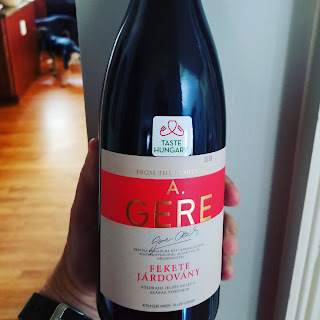Pinela
It's a travel day again today, or if it's not, let's make it one. We're headed to Slovenia, and more specifically, we are going to Primorska, also known as the Slovene Littoral. It's the only place on earth, or at least I think it is, where they grow Pinela. We're traveling to the westernmost part of Slovenia near the Italian border. To get here, we're flying into the capital of Ljubljana and heading west. To the far west of Primorska, we find the Vipava Valley wine region that borders Friuli in the foothills of the Italian Alps. The weather here is fairly cool and is excellent for growing white grapes with excellent acidity and minerality. On its surface, Pinela is a fairly simple grape. Medium skinned and particularly light in color, it is not particularly susceptible to diseasse, harvests early, and drinks quite young. In fact, reflecting on yesterday's post , if you get your hands on a bottle of Pinela, you likely want to drink it within a few months
